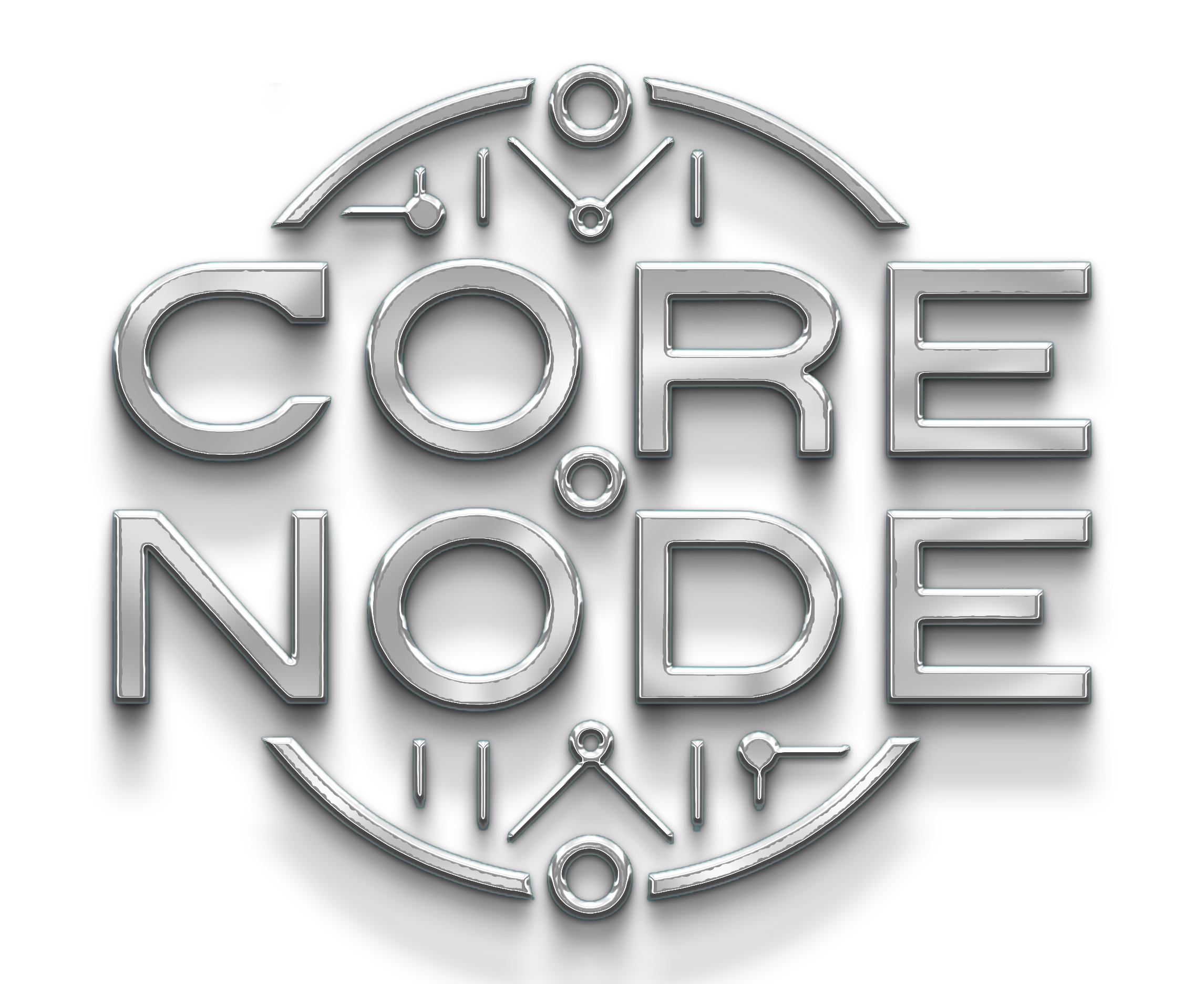THE EXPANDING COSMOS: ECOSYSTEM GROWTH AND INTERCHAIN SECURITY

The Cosmos Vision: Internet of Blockchains
The Cosmos ecosystem was founded on a revolutionary vision: creating an "Internet of Blockchains" where independent blockchains could communicate, share data, and transfer value seamlessly. This vision has materialized through the Inter-Blockchain Communication protocol (IBC), which enables sovereign blockchains to connect and interact.
Unlike monolithic blockchain designs that force all applications to share the same environment and compete for resources, Cosmos enables each application to run on its own specialized blockchain (called an "appchain" or "zone") while still being able to interoperate with the broader ecosystem.
Explosive Growth in the Cosmos Ecosystem
The Cosmos ecosystem has experienced remarkable growth in recent years. From a handful of chains in its early days, the ecosystem now encompasses dozens of major blockchains, including:
- Cosmos Hub (ATOM) - The flagship chain of the ecosystem
- Osmosis (OSMO) - A leading DEX and DeFi hub
- Celestia - A modular data availability layer
- Juno - Smart contract platform focused on interoperability
- Akash - Decentralized cloud computing marketplace
- Secret Network - Privacy-focused smart contract platform
- Evmos - EVM-compatible chain bridging Ethereum and Cosmos
- Kava - Cross-chain DeFi lending platform
This growth has been fueled by the unique value proposition of Cosmos: sovereignty, interoperability, and specialized performance. Each chain can optimize for its specific use case while still benefiting from the broader ecosystem.
Interchain Security: A Game-Changing Innovation
One of the most significant recent developments in the Cosmos ecosystem is Interchain Security (ICS). This innovation allows independent blockchains to "rent" security from the Cosmos Hub, leveraging its validator set instead of bootstrapping their own.
Benefits of Interchain Security include:
- Reduced barrier to entry for new chains
- Enhanced security from day one
- Additional revenue streams for ATOM stakers
- Stronger network effects across the ecosystem
Interchain Security comes in multiple versions, with ICS v1 focusing on replicated security (where consumer chains use the exact same validator set as the provider chain) and future versions enabling more flexible security arrangements.
The Role of the Hub in an Expanding Ecosystem
As the ecosystem grows, the Cosmos Hub is evolving from being primarily a transfer zone to becoming a crucial security provider and coordination point. The ATOM 2.0 proposal outlines a vision where the Hub serves as:
- A security provider through Interchain Security
- A coordinator for cross-chain MEV (Maximal Extractable Value)
- A platform for ecosystem-wide governance
- A source of liquidity through Interchain Scheduler and Allocator
This evolution positions the Hub as the "center of gravity" in an increasingly complex ecosystem.
Challenges and Future Directions
Despite its growth, the Cosmos ecosystem faces several challenges:
- Competition from other interoperability solutions
- Fragmentation of liquidity across many chains
- Complexity of cross-chain user experiences
- Security considerations in a multi-chain environment
The ecosystem is addressing these challenges through innovations like Interchain Accounts, Interchain Queries, and improved wallet experiences. The roadmap includes further enhancements to IBC, more sophisticated cross-chain coordination mechanisms, and deeper integration with other blockchain ecosystems.
As the vision of an Internet of Blockchains continues to materialize, the Cosmos ecosystem stands at the forefront of blockchain interoperability, demonstrating that a multi-chain future is not just possible but inevitable.




